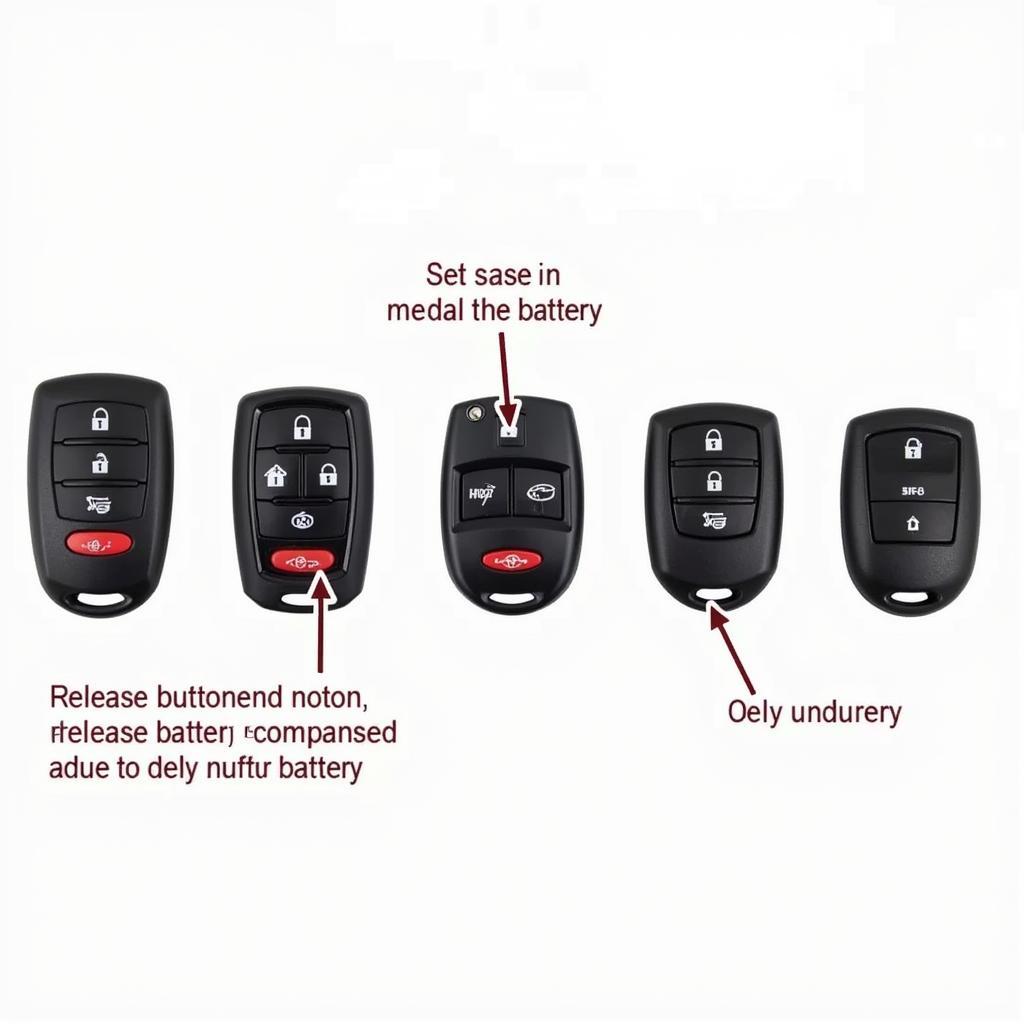A failing alternator can spell bad news for your car battery, and understanding this critical connection can save you time, money, and a whole lot of roadside frustration. While a bad alternator won’t directly “ruin” a battery in the sense of causing irreversible physical damage, it can lead to a complete battery drain, rendering it unable to start your car. Let’s dive deeper into this crucial relationship and explore the signs, consequences, and solutions to this common automotive issue.
Understanding the Alternator-Battery Partnership
Your car’s electrical system relies on the perfect synergy between the alternator and the battery. The battery provides the initial power to start the engine, while the alternator takes over once the engine is running. Think of it as a relay race: the battery kicks things off, and the alternator keeps the momentum going.
The alternator is responsible for two primary functions:
- Recharging the battery: It replenishes the battery’s charge, ensuring it has enough power for the next startup and to support various electrical components while driving.
- Powering electrical components: The alternator supplies power to your car’s electrical systems, including headlights, radio, power windows, and even the engine control unit (ECU), while the engine is running.
How a Failing Alternator Impacts Your Battery
When your alternator starts to fail, it can’t recharge the battery efficiently, and in some cases, it might stop charging altogether. This forces the battery to shoulder the burden of powering all the electrical components.
Imagine asking a sprinter to run a marathon – that’s essentially what happens to your battery when the alternator fails. The battery, designed for short bursts of high power, is forced to provide a continuous supply of energy, leading to a rapid discharge.
If driven for an extended period with a faulty alternator, your battery will eventually drain completely, leaving you stranded with a car that won’t start.
Signs of a Failing Alternator and a Drained Battery
Recognizing the signs of a failing alternator can prevent you from getting stuck with a dead battery. Here’s what to watch out for:
- Dim or flickering headlights: This is often the first noticeable sign. As the alternator weakens, the electrical system prioritizes essential components, leading to inconsistent headlight brightness.
- Dashboard warning light: Most vehicles have a battery or charging system warning light that illuminates when there’s an issue with the alternator or battery.
- Slow or malfunctioning electrical components: Power windows may operate slowly, the radio may cut out intermittently, or the interior lights may dim.
- Engine stalling or difficulty starting: A severely drained battery may struggle to provide enough power to start the engine.
- Whining or grinding noises: A failing alternator might produce unusual noises due to worn-out bearings or internal components.
Can You Jumpstart a Car with a Bad Alternator?
Yes, you can jumpstart a car with a bad alternator, but it’s a temporary fix. Jumpstarting provides an external power source to crank the engine. However, because the alternator isn’t charging the battery, it will quickly drain again once you’re on the road.
Expert Insight:
“Think of jumpstarting a car with a bad alternator like using a band-aid on a broken arm,” says John Miller, a seasoned automotive electrician. “It might provide temporary relief, but it won’t address the underlying issue. Driving with a faulty alternator puts excessive strain on the battery and can lead to further complications.”
What to Do If You Suspect a Bad Alternator
If you notice any signs of a failing alternator, it’s crucial to address the issue promptly. Driving with a faulty alternator can lead to more than just a dead battery; it can damage other electrical components and even leave you stranded in a dangerous situation.
Here’s what you should do:
- Limit electrical usage: Turn off any non-essential electrical components, such as the radio, air conditioning, and headlights (if safe to do so), to conserve battery power.
- Find a safe location: If possible, try to drive directly to a trusted mechanic or auto parts store. If not, pull over to a safe location as soon as possible.
- Get your alternator tested: A mechanic or auto parts store can test your alternator to confirm if it’s the source of the problem.
- Replace the alternator (if needed): If the alternator is confirmed faulty, it’s essential to have it replaced as soon as possible.
Preventing Future Alternator and Battery Issues
While some alternator failures are unavoidable due to wear and tear, proactive maintenance can prolong the lifespan of your alternator and battery:
- Regular inspections: Have your alternator and battery inspected by a qualified mechanic during routine maintenance checks.
- Keep your battery clean: Corrosion on battery terminals can hinder the charging process.
- Drive regularly: Short trips and infrequent driving can prevent the alternator from fully recharging the battery.
Conclusion
A bad alternator won’t directly damage your battery, but it can lead to a complete drain, rendering it unable to start your car. Understanding the vital connection between these two components is crucial for maintaining a healthy and reliable electrical system.
By recognizing the signs of a failing alternator, you can take timely action to prevent getting stranded and potentially avoid more costly repairs down the road. Regular inspections and proactive maintenance can further extend the lifespan of your alternator and battery, ensuring you’re always powered up and ready for the road ahead.

